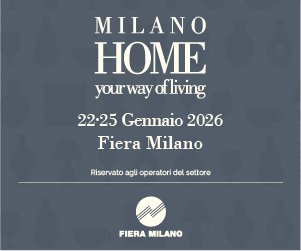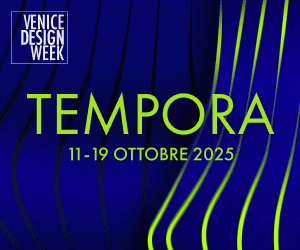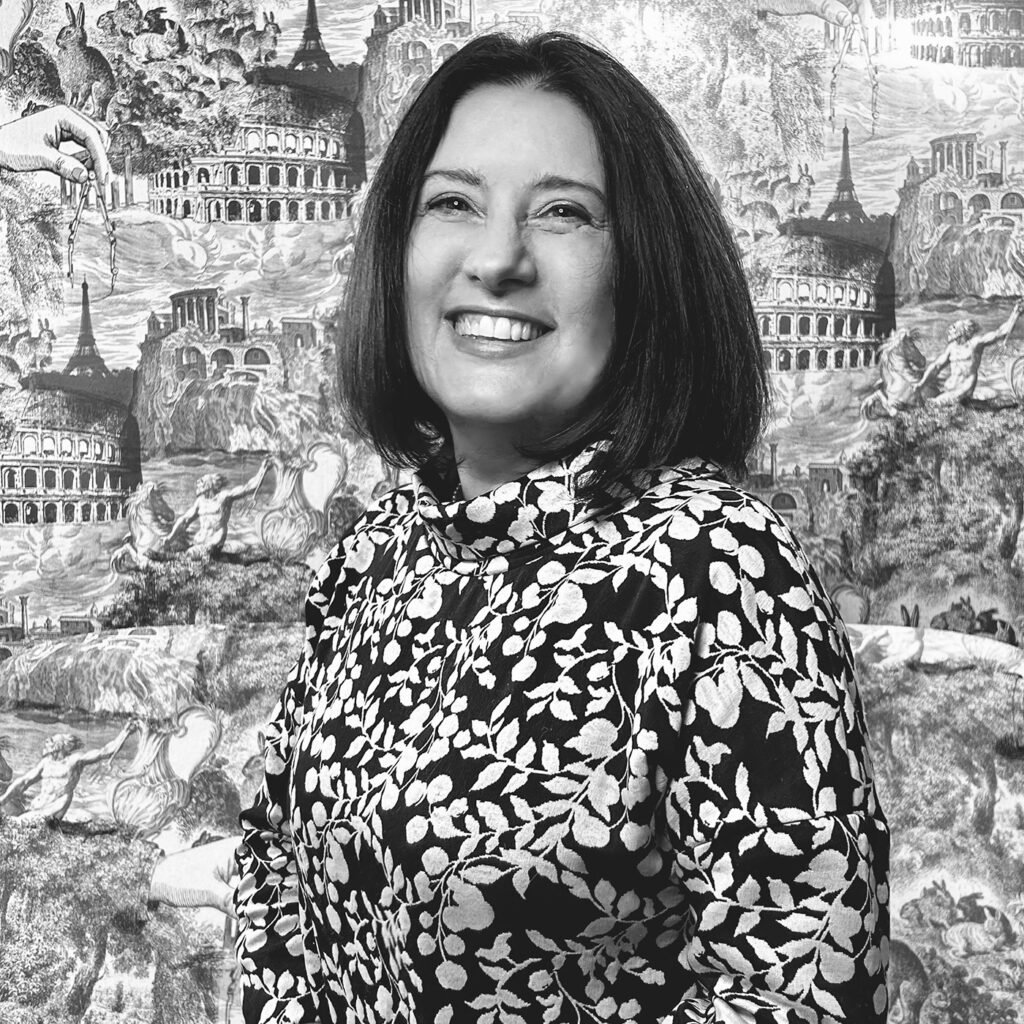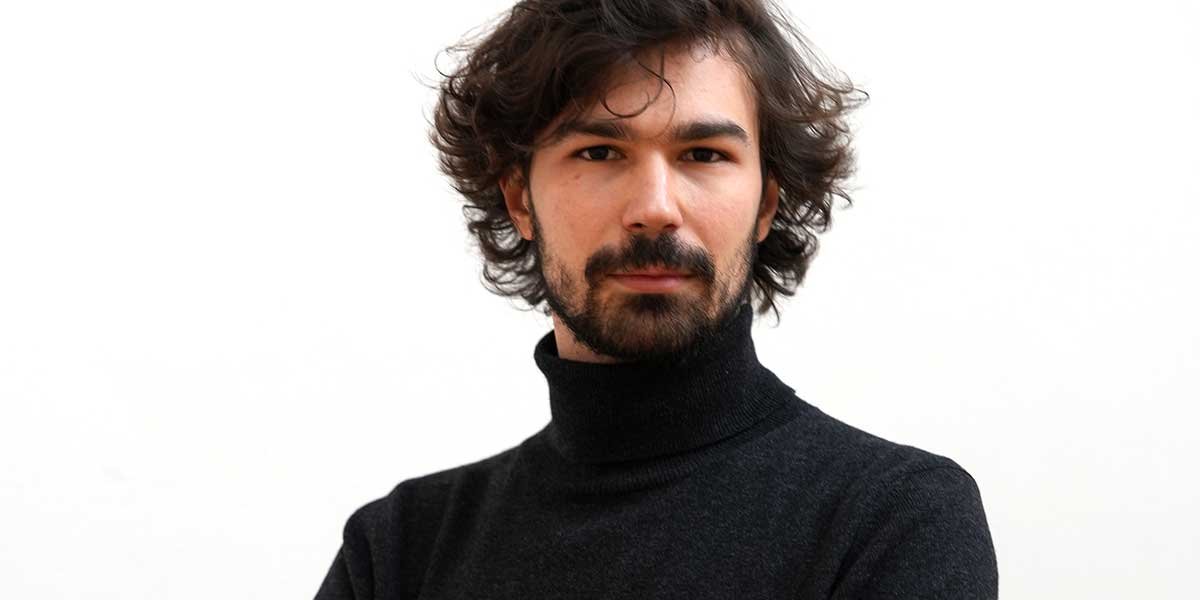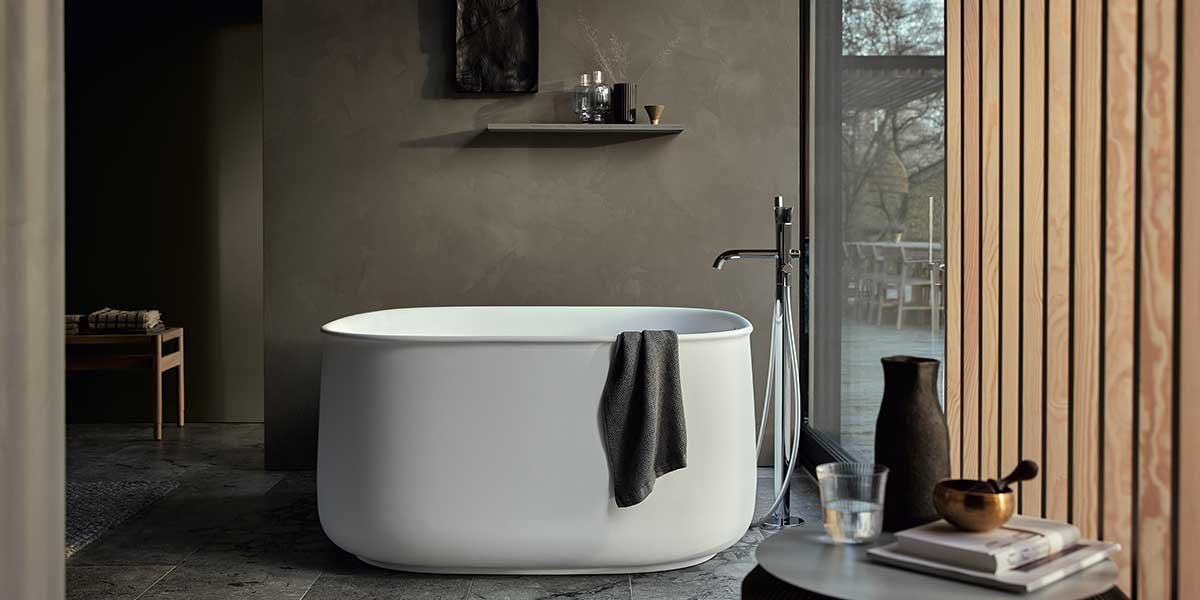by Evi Mibelli.
“Time, for Beauty, does not exist” – Eva Zeisel.
I am secretly proud of having had the opportunity, in 2004, to meet a true design legend in New York: Eva Zeisel. He was 98 years old and carried with great elegance and playful liveliness. His fundamental contribution to design mixes with a life that seems like the plot of a Truman Capote novel.
Eva Zeisel. On the left in her workshop in Budapest, 1926. On the right in her studio, Germany circa 1928-1931. Ph. Eva Zeisel Archive

Eva Amalia Striker Zeisel was born in Budapest on November 13, 1906, into a wealthy Hungarian family of Jewish origin. The domestic environment is permeated by the intellectual vivacity of her mother Laura, a political activist for women’s rights, and by the resourcefulness of her father Alex, a highly successful textile entrepreneur. In a similar context, Eva will acquire the security and intellectual independence that will accompany her throughout her adventurous life.
At 17 she entered the Imperial Academy of Fine Arts in Budapest to take a painting course, his great passion since childhood. But shortly afterwards she abandoned it to undertake studies as a ceramist. “This change was suggested to me by my mother. Far-sighted as she was, she told me that to have full economic independence I had to find a job. As a painter I would have starved. I thought about ceramics, thanks also to my passion for popular art.“.
Teapot made for the Schramberg manufacture, Germany, circa 1929. Eva Zeisel archive

So it was that in 1926, having completed her apprenticeship in the Guild of Arts and Crafts, he opened his workshop in the courtyard of the family home. She was noticed by a ceramic industrialist who asked her to follow the artistic section of his factory. “This experience allowed me to open up to new professional possibilities. In 1928, after a brief experience in a Hamburg workshop, I was hired at the Schramberg Manufacture as artistic manager for the tablewear section. This passage represented, for me, the leap from craftsmanship to industrial design. I was just over 22 years old“.
Coffee service created for the German Manufacture Carstens, in 1931. The modernist influences in the design are evident. Photo by A. Laurenzo for the International Design Museum, Munich

Her liveliness and restlessness also explain his need to know the world. As a free woman she will say: “My work has taken me to many countries and has allowed me to see a large part of this planet and come into contact with many cultures. I used my creativity as a passport“.
Eva Zeisel at the National Design Awards, New York, 2005. Lifetime Achievement Award

Obviously he will not remain indifferent to the very lively cultural climate of Berlin in the 1930s and the Bauhaus. She moved there and came into contact with the functionalist school, whose concept of bringing “good design” into everyone’s homes she appreciated. But she deviates from the maxim “Form follows function”. She does not allow rigidity in creativity and, above all, always puts beauty before as the representative function of an object.
On the left some pieces from the Classic collection exhibited at MOMA. On the right, milk jug. For Eva Zeisel everything that takes shape must be touched with the hands. Photo, Eva Zeisel Originals

“The search for beauty is considered the first activity of the human being. All useful qualities – from knowing how to design the function for which an object is conceived well up to the choice of materials – arise from the search for beauty“. At a very young age, she was very clear about what would be the common thread of all her immense production in over 80 years of activity.
Classic Century collection, exhibited at Moma, for Castleton China. Original design from 1946. In production by Eva Zeisel Originals

Her thirst for knowledge will push her, in 1932, to accompany her then boyfriend – the physicist Alex Weissberg – to Russia. And here from 1932 to 1936 she will become artistic director of the largest Soviet ceramic and glass industry, acquiring authority in a regime that will soon betray her. In 1936 she was arrested on false charges of plotting to kill Stalin. She spent 16 months in a Russian concentration camp, in solitary confinement.
She managed not to succumb to madness thanks to her ability to “design even with a crumb of bread to shape with your fingers“. On 17 September 1937 she was miraculously released and put on a train to Vienna. The arrival in the Austrian capital coincides with the rise of Hitler. An excellent reason for Eva to quickly move away from Europe in the imminence of the tragedy of persecution. She contacted an old friend in London, Hans Zeisel, who she would join and marry before emigrating to the USA in 1938. With only 64 dollars in her pocket.
In the photo of the Brooklyn Museum, coll. Town and Country with salt and pepper shakers stylizing a mother with her child, and a cruet in the shape of a bunny (1940-1945). Eva Zeisel’s style will always favor organic and enveloping shapes

Again she starts from scratch. She contacted American ceramic manufacturers and within a short time he found work as a ceramics teacher at the Pratt Institute in Brooklyn. Her work as a designer was noticed by Eliot Noyes, then director of design at the MOMA in New York. He will report her to Castleton China who was looking for a designer to create a table collection with modern lines. It was a success and in 1946 a personal exhibition was dedicated to her. First woman in the history of MOMA. From that moment his career took off from success to success, studded with prizes and recognitions.
Eva Zeisel with the Bird Vase Designs collection. Photo Eva Zeisel Originals

The objects designed by Eva Zesiel know no time: they are soft, sensual, maternal, with organic lines. To be caressed with your hands like a mother would with her child. Unmistakable.
On the left, One-o-One Rockland tureen, reissued for Eva Zeisel’s 101st birthday. On the right, a set of cutlery based on an original design for Crate and Barrel. Eva Zeisel Originals production

Her definition of Industrial Designer will remain emblematic. “I define myself as a builder of things. Industrial designers want to create new things. But the concept of ‘novelty’ is a commercial concept, not an ‘aesthetic’ concept and innovation is not part of the objectives of my work. The builders of things create beauty, elegance, comfort. I deal with the disinterested, joyful pursuit of beauty.“.
On the left, Belly Button Room Divider, ceramic prototype, 1957. Photo by Brent Brolin/Eva Zeisel Archive. In the center and right, modular sound-absorbing wool felt covering for Filzfelt

To those who asked her how she could not dry up in an 80-year career, with almost 100,000 pieces designed, she replied: “Time, for beauty, does not exist. I do my job as always. There is no relationship with age. The word playful is a necessary aspect of my work, it is its lifeblood“. Eva Zeisel worked until a few weeks before she died, at the age of 105, in December 2011.
On the cover, the legendary Eva Zeisel. Photo taken from the filzfelt.com website




